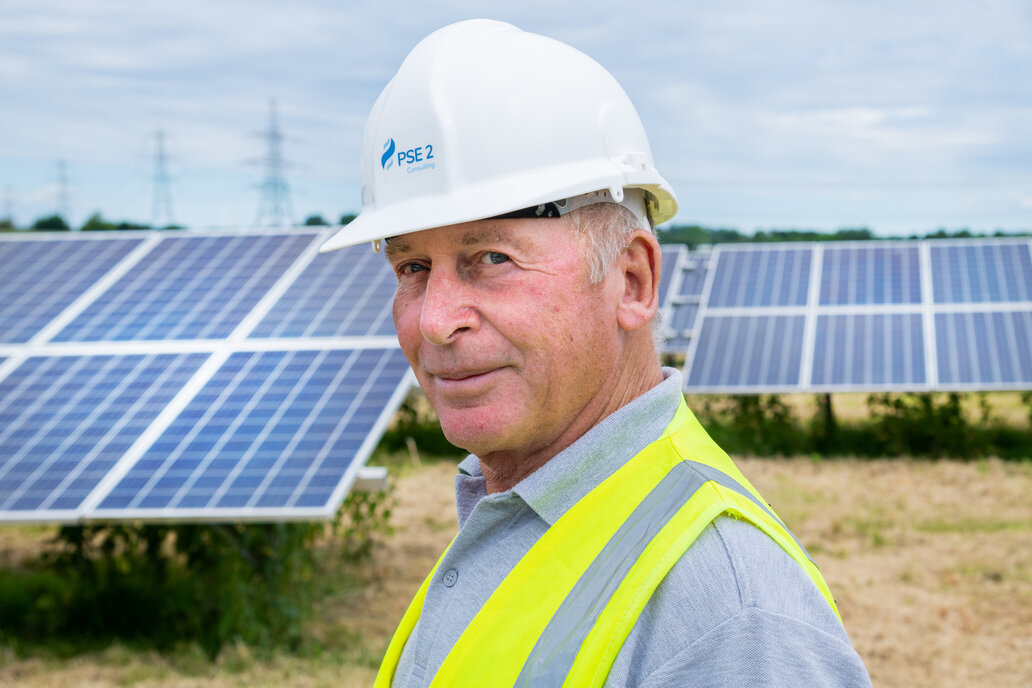H&MV Engineering
Brief
H&MV Engineering has been approached by a number of developers including Data Centre, Battery, Wind and Solar developers, to obtain a connection onto the Irish Grid Transmission Network, which is operated by EirGrid.
To connect onto this network, they must ensure safety of the HV substation that will be used as the point of connection. Our team is supporting this process to support the development of, and access to, renewable energy sources in Ireland.
One of the main design criteria is to demonstrate that the HV substation can operate safely in isolation prior to connection of the outlets – either a wind farm, solar farm or data centre.
Challenge
The substation that H&MV’s developers want to connect to operates at a range of voltages from 33kV up to 220kV.
The initial challenges are calculating the fault current distribution at the different operating voltages and the long fault (back up) clearance times. This is the maximum current that will flow into the ground when a fault occurs, and this dependent on the contribution from the connected outlet to the substation.
We are also working to certain constraints created by EirGrid to allow the customer to connect to the substation. In order for it to be sustainable, the connection must be future- proof, and remain safe even should the data center, solar or wind farm were to no longer be connected to the substation, or a different type of power outlet was to be connected in its place.
This is challenging because you have to design the earthing system to be safe in isolation, without the solar or wind farm. Without these, the substation is very small and only gives you a small print to work with, making it hard to achieve low and safe earthing values.
The final challenges are the geology that the substation will be sitting on and the small footprint occupied by the substation. The geology in terms of high resistivity, poor conductivity and limited area.
Solution
We carry out advance modelling of the proposed earthing system and the supply circuit back to the source. We then assess the fault current distribution to obtain a site-specific fault level. This allows us to develop an economical design solution for the site that ensures that the minimum amount of copper is used.
We can also specify alternative materials for earthing where possible, such as galvanized steel. This allows us to provide the most economic and practical solution for the client, that is safe and enables the substation to connect onto the distribution or transmission network.
Find out more about our Earthing Services.
